I recently got a new batch of YM2612s. Fake as all get out, every last one of them.
Funnily enough, David Viens, AKA Plogue, dropped an EXCELLENT video explaining the matter in detail. Likewise, Natalie also published a great little guide on how to spot fake YM2612s as well.
All of this made me wonder: what chips did I actually get? Let’s have a little fun and figure out this mystery! I won’t be able to tell you what the exact IC is with 100% confidence, but we can at least find out what device it might have been.
(click on the images for their full resolution)
The Obvious Give-Aways
Let’s talk about how I know these are fake just by looking at them.
- The surface. It has a characteristic “sanded-and-ever-so-slightly-tacky-rubbery” feeling of black-topped chips.
- The chip package. Yamaha and all of the fabs they commissioned never produced YM2612s with this chip package style. Check out the notch on the left side, it should be all the way through.
- The font. Yeah, nice try guys, but that font is all wrong. Way too tall and skinny.
- Date code is invalid. That date code would read “Week 01 of year 2019.” Yamaha ain’t makin’ these chips in 2019, as much as I’d wish they did.
- On the back-side, it is stamped “KOREA.” Real YM2612’s are 100% pure-bred Japanese ICs.
Any other tells? Well, plug one of these fake chips in and they don’t make any sound at all. That’s kind of a dead give-away, duh. They also do not get warm like a real YM2612 does during normal operation.
Applying a bit of acetone to the IC gives similar results to David’s video linked above. Almost immediately, a slurry of inky-black cancer liquid wicks up onto my cotton swab. Interestingly, my chip markings are laser engraved quite deeply instead of simply being printed on. Sadly, though, the original chip details have been sanded away.
It’s at this point that I filed for an eBay refund and got a less-than-helpful response back from the seller.
Yeah okay man. Still waiting on that refund…
Edit: After a bit of back and forth, eBay did grant me my refund. The seller admitted that they themselves have been scammed by their supplier as they were told they were legitimate chips. I’ve now seen multiple people get the same fake chips as me, so I think one rogue supplier has poisoned the YM2612 supply with bogus ICs. Bummer.
Anyways, let’s have some fun and find out what this IC really is.
Any Guesses?
At this point, I figured I’d have a little fun and turn this into an IC guessing game. What lying silicon could be inside this epoxy prison?
My bet was on some sort of RAM or EEPROM. My reasoning for this was that RAM/ROM from this era was frequently found in packages like this and Korea has been a RAM/ROM/NAND manufacturer for decades now, however, Natalie was quick to point out that most EEPROM comes in DIP28 packages, not DIP24. So my money was now on RAM, which, sure enough, was fairly common in DIP24 packages.
In fact, if you search for “DIP24 RAM” in Google images, you’ll eventually stumble upon these images…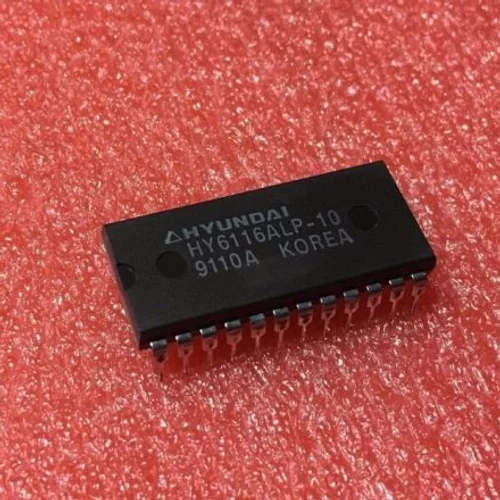
Those look almost identical to these fake YM2612s. I think we have a lead. Let’s get the Dremel and find out :)
Dremeling ICs is a Bad Idea
Alright, I don’t have fuming nitric acid in my room, sorry. Brute force with a Dremel will be ugly, but it should let us see if there is a die inside or not. Lots of dust and scary noises later…
Hey there, look at that! I know that I shredded most of the IC, but look near the top and bottom, that’s totally RAM!! You can also see the little bond-wires and pads near the bottom. Super cool! They did rebadge RAM ICs!
Well, let’s give my guess a try then. The Hyundai HY6116. It could be any RAM IC manufacturer since they all have similar pinouts. I’ve seen Hitachi variants, Cypress variants, Hynix variants, the list goes on. I think this IC looks similar to the Hyundai packaging, so I decided to look up a datasheet. Here’s a link to it.
If you examine the pinout, you’ll see this.
Fairly standard really. I’ll give it a go. I’ll hook up 5V to VCC/GND, then I’ll pull CS and OE low to enable the chip. I’ll then hook up an LED to one of the outputs, and the ESD from my fingers should trigger a random RAM read, lighting the LED.
Drawing more-or-less what you’d expect from 5V RAM from this era…
And hey, would you look at that, it does pretty much exactly what I thought it would do!
There we go! RAM Confirmed! The exact size of which I couldn’t tell you. If I had to take any guess without busting out a whole bunch of crazy gear, it would be the Hyundai HY6116 2K Static RAM IC. Mystery solved! I am now the proud owner of 10 SRAM ICs badged as YM2612s! Great…
Damnit.
Thanks for reading!
EDIT:
Boyko Neov has also received these same fake YM2612s and has taken the time properly decap these ICs with sulfuric acid. Like me, he also received SRAM chips. He has determined that these SRAM ICs are 2x8K in size. Here are the photos he submitted. Thanks Boyko, you’re awesome! Go chase down your refund!
Thank you again, Boyko. Your photos are awesome!
Finally, I’d just like to point out that I’ve actually found legit YM2612’s with these bogus markings on them. What’s interesting is that these “real” YM2612’s feature the correct package style, but are black-topped with the same bogus lettering. If you receive a shipment of bogus looking chips, it might be worth giving them a test anyways just in case. Before you ask, no, I doubt Chinese sellers are reproducing YM2612 chips. It would be insanely impractical, so I wouldn’t worry about it. If the chip operates and sounds like a YM2612, it is one.

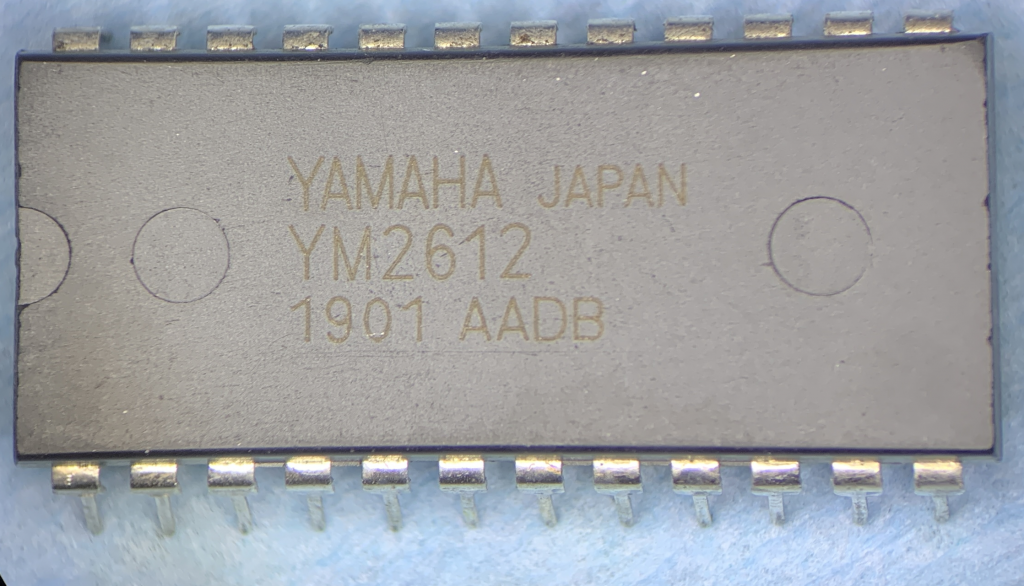
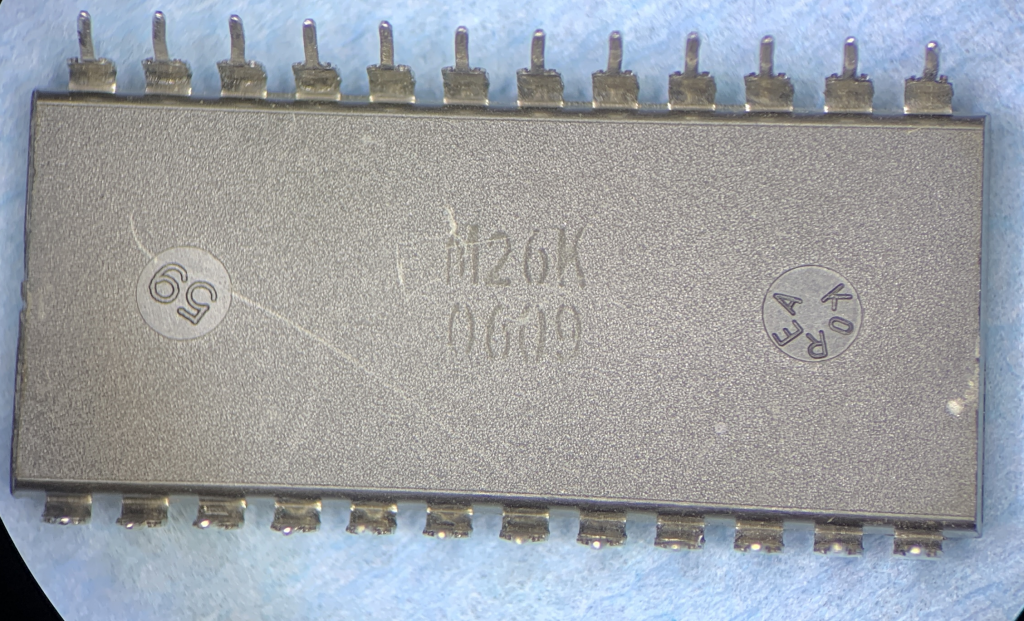
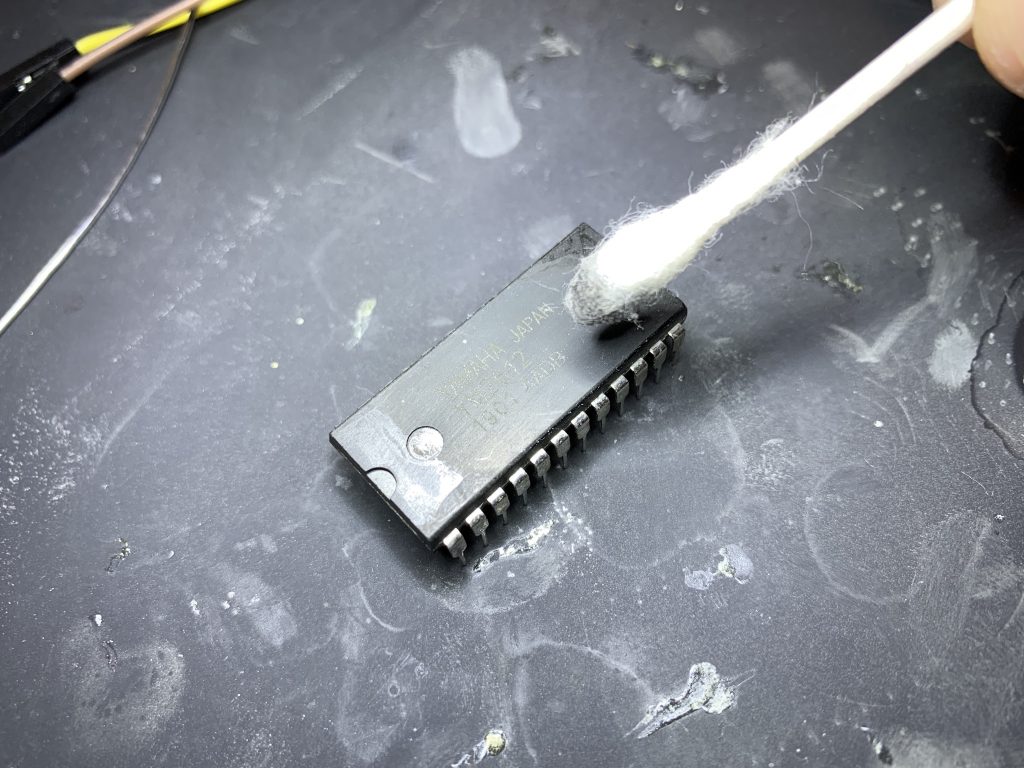


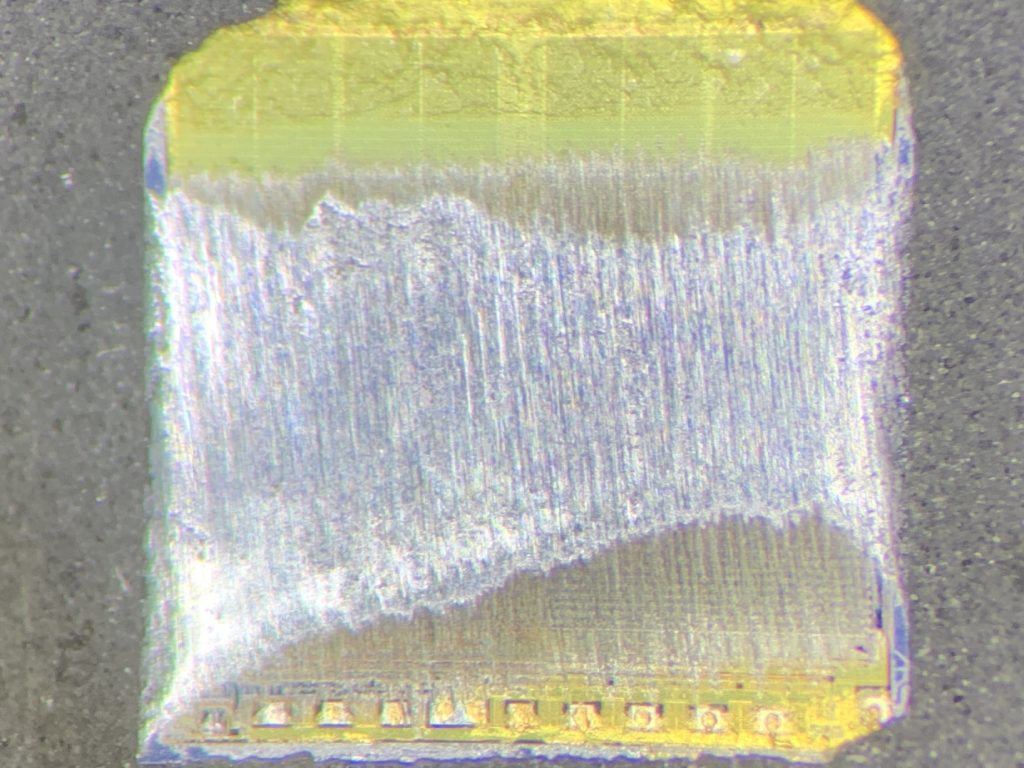
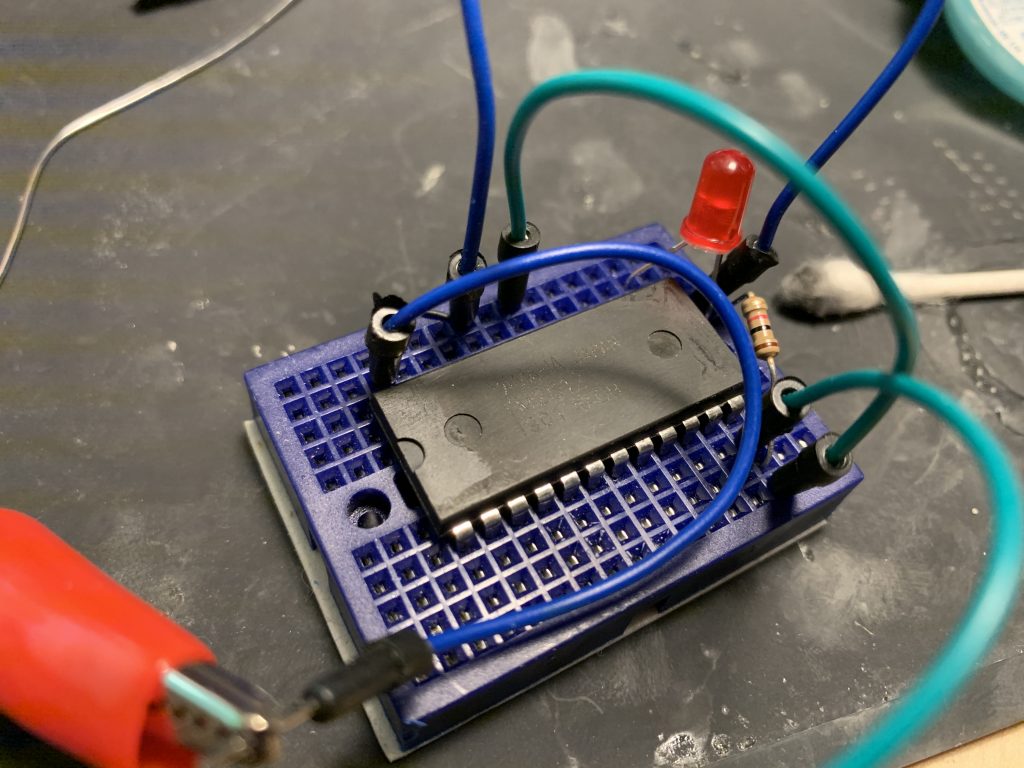
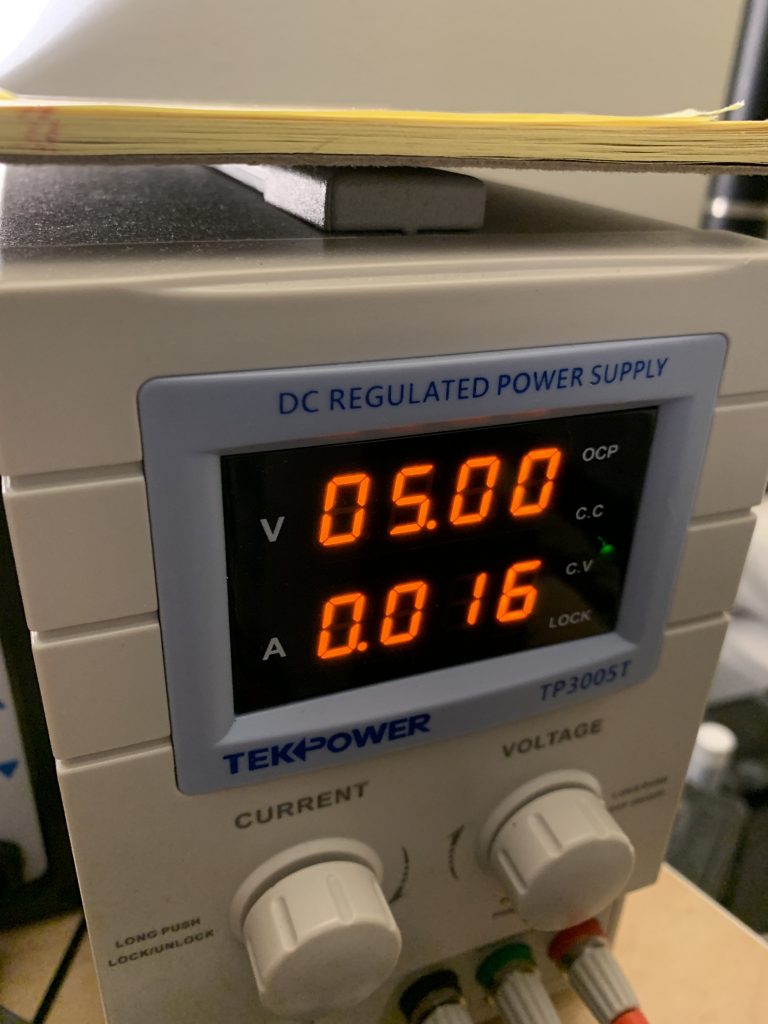

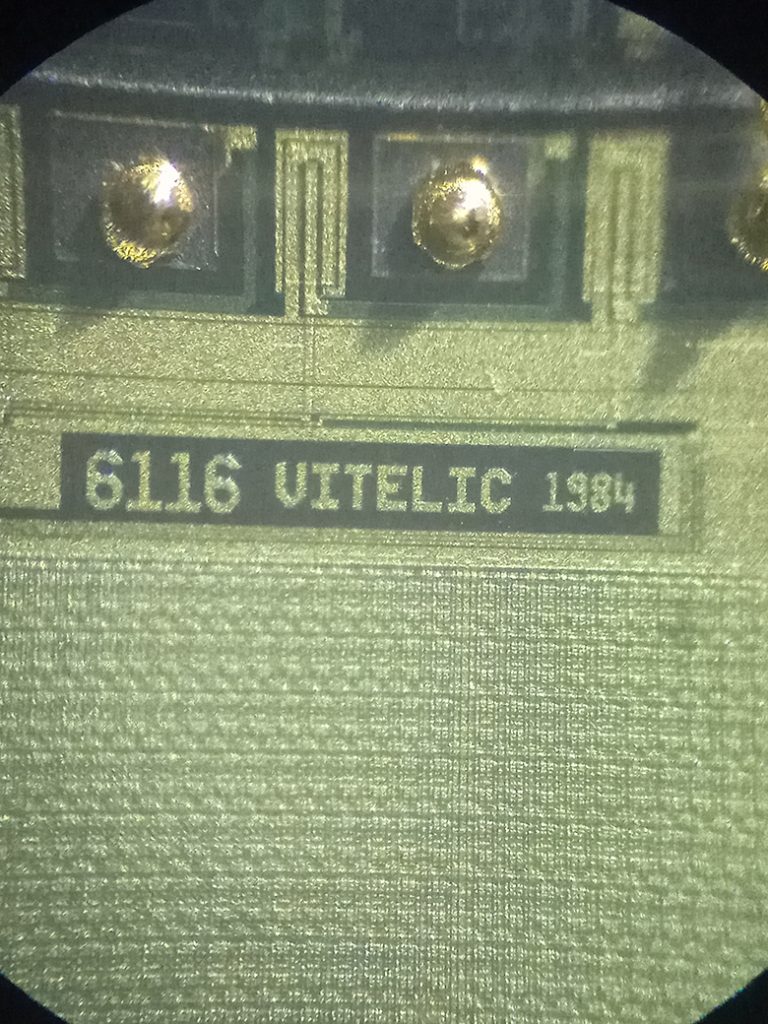
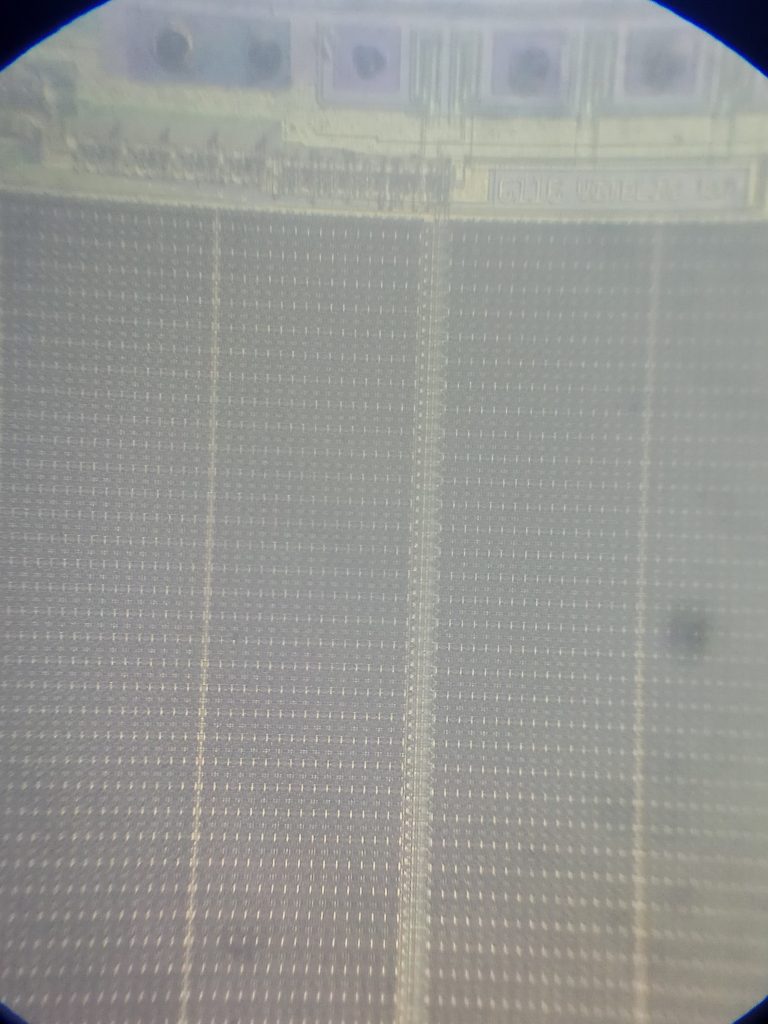
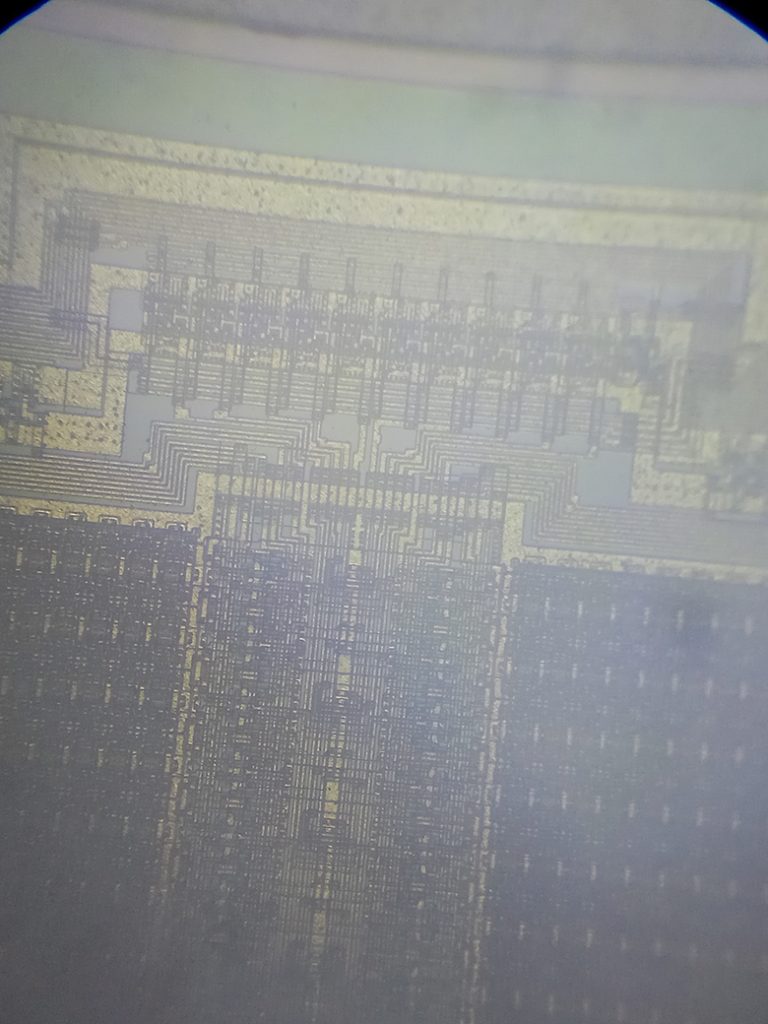
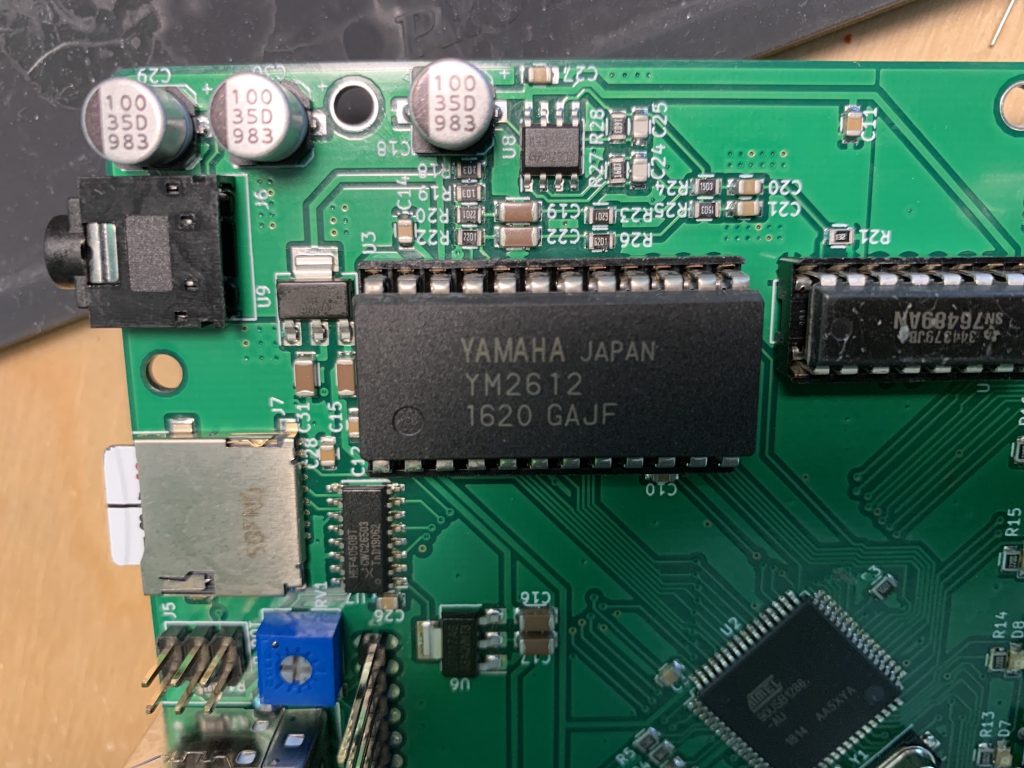
I got five chips with exactly the same marking from an aliexpress seller.
YM2612 1901 AADB. They are still selling craps.
If you have the ability to test them out, I’d say try it. I got another set of resurfaced chips with the same fake font and date code patterns, but they had real YM2612s inside.
Oh, really, I’ll do that. Thank you for info.